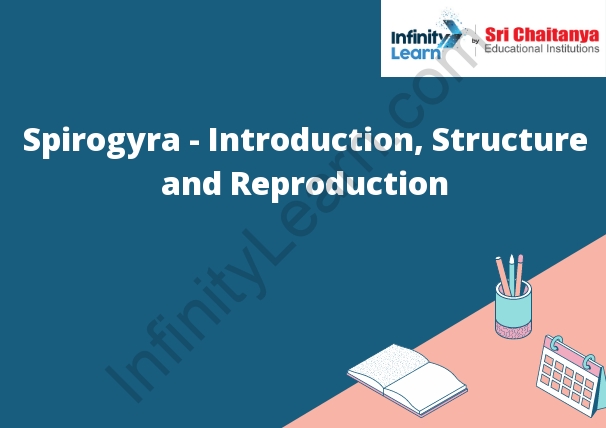Table of Contents
What is Spirogyra?
Spirogyra structure:
- Spirogyra is a green filamentous alga that is found in both fresh and salt water. It is a photosynthetic organism that uses chloroplasts to produce food from sunlight. Spirogyra cells are cylindrical and have a spiral-shaped chloroplast.
- Spirogyra is a filamentous green algae that is found in both fresh and salt water. It is a photosynthetic organism that has a cylindrical shape and is composed of cells that are joined together by tubular filaments. The cells are arranged in a helical pattern, and each cell has two flagella that allow it to move through the water. Spirogyra is a haploid organism and produces spores that are released into the water to reproduce.

Some More Details about the Algae Spirogyra
Algae Spirogyra is a species of filamentous algae that grows in freshwater habitats. It has cylindrical cells that are interconnected by thin, flexible tubes, which gives the algae its name (spirogyra means “spiral string”). The cells are green in color and produce oxygen through photosynthesis. Algae Spirogyra can form dense mats that can clog waterways and interfere with the normal function of ecosystems. It is often considered a nuisance algae and is often removed from ponds and lakes through mechanical and chemical means.
Reproduction in Spirogyra
- In Spirogyra, the cells of the filament are interconnected and the cytoplasm is continuous. This allows the cells to share nutrients and reproductive products.
- The cells of Spirogyra are capable of asexual reproduction through the process of fragmentation. When the cells are damaged, they break apart into smaller pieces that can then grow into new plants.
- Spirogyra also reproduces sexually. The cells of the filament form packets of reproductive cells known as spores. The spores are released from the cells and travel to new locations where they germinate and grow into new plants.
- Spirogyra is a filamentous green alga that reproduces asexually and sexually. Asexual reproduction occurs through the simple process of cell division, in which a single cell divides into two daughter cells. This process can occur repetitively, resulting in the formation of long, filamentous colonies.
- Sexual reproduction in Spirogyra is more complex. It involves the fusion of two cells, called gametes, to form a zygote. The zygote then undergoes cell division to produce a new alga.
- The advantage of asexual reproduction is that it is simple and can occur rapidly. The disadvantage is that the offspring are genetically identical to the parent, so there is no variation in the population.
- The advantage of sexual reproduction is that it produces offspring that are genetically different from the parents. This leads to variation in the population and helps to ensure its survival. The disadvantage is that it is more complex and can take longer to occur.



